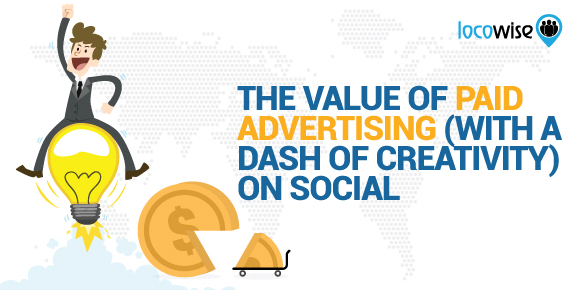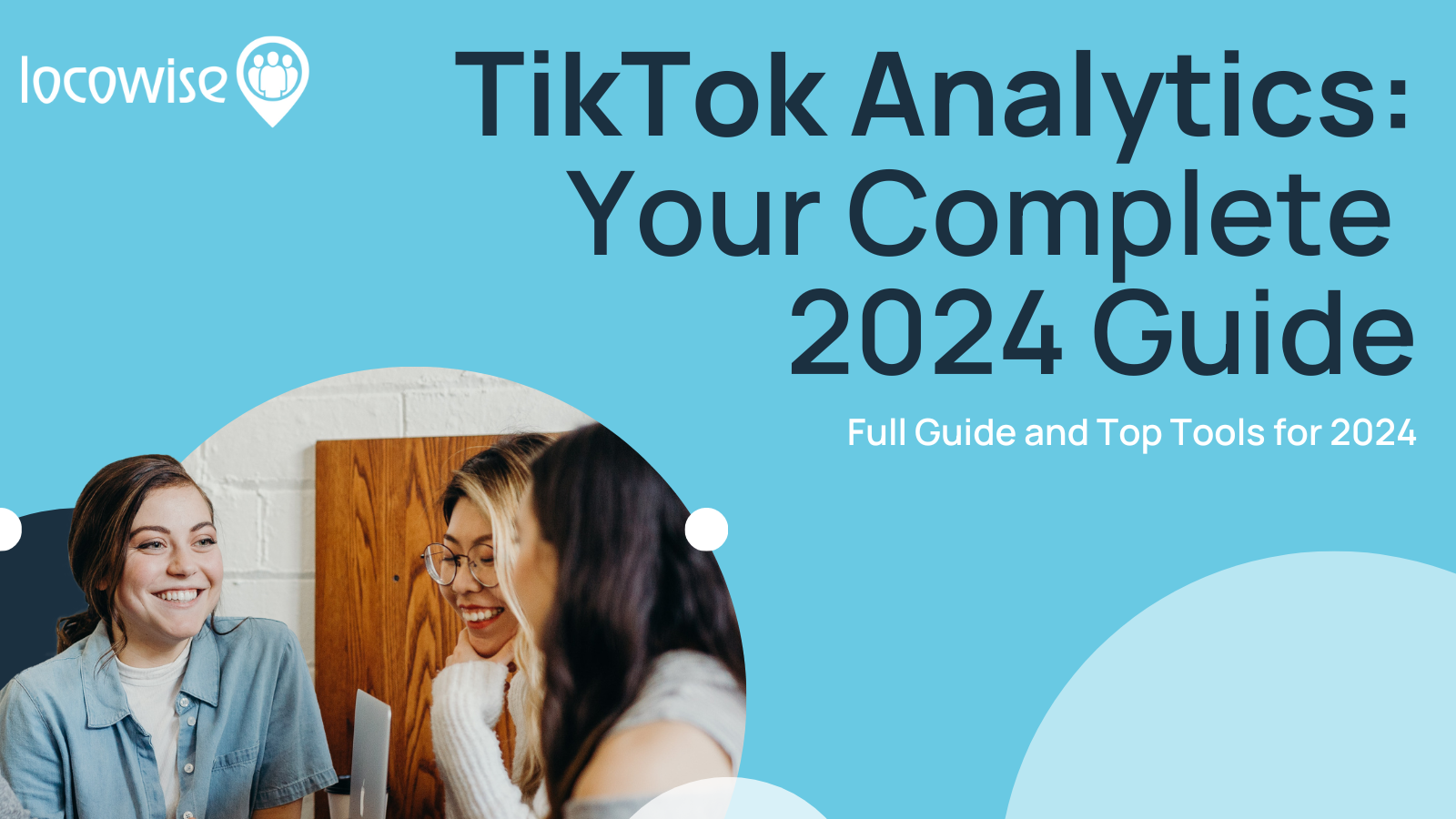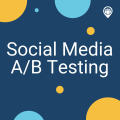The Value Of Paid Advertising (With A Dash Of Creativity) On Social
Sahail Ashraf posted on 27 April 2017
Paid advertising is as old as the hills. It has some excellent examples of good work but also some shocking examples of cynical attempts at ‘marketing’. This is because paid advertising, whether it is offline or online, has sometimes been viewed as ‘invasive’.
It comes into your home via your TV set, or stares at you from a billboard. Sometimes it even feels like it’s ruining your enjoyment of social media. A recent ad has started to create some controversy because it seems to illustrate the ‘invasive’ complaint. And once you watch it you can see why.
We reckon you will enjoy the ad. It’s fun, and clever. But at the same time, the way it taps into Google Home has been seen as intrusive and a real problem. Whether you feel this is true or not, you can see why some people may have a problem with it. In fact, the ad was soon ‘killed’ by Google. In the original ad, an actor leans towards the camera at the end and says:

OK Google, what is the Whopper burger?
Any viewer of the ad who happened to own Google Home would see the device (as long as it was close enough to the monitor of course) ‘switch on’ and read out the ingredients of the burger. It didn’t go according to plan in all instances, however, and this is where the story became a little more complicated.
Within hours of the ad being released Google had stopped the ad from triggering Google Home. At the same time, with the ad triggering a search that ended up in a Wikipedia response, there were further problems.
Someone high up in Burger King actually altered the Wikipedia entry so that it displayed the ingredients for the burger in a more complementary manner. But that was only after some jokers and troublemakers decided to amend the Wikipedia entry themselves with rather unsavoury descriptions of the dish. It’s all been a little exhausting for Burger King. But it’s also been a bit of a coup as well.
All publicity is (usually) good publicity, and for Burger King to be talked about for the two reasons (potential invasive behaviour and the Wikipedia episode) was a great thing. The brand is now known as ‘those guys who annoyed Google’ (the search giant pulled the ad’s ability to affect Google Home) and that kind of marketing cannot be bought.
But using paid ads to push your publicity to another level isn’t new.
Squatty Potty
Okay, a bit of an unusual name for a company, but this is what they are called. They make a potty, as you have probably guessed. With some exposure on Shark Tank in the US and through other media to bolster them, the brand decided to take a shot at producing a video.
This cost a lot of money and there were serious concerns among the leadership of the brand. The video was recorded and then uploaded to YouTube. It gained (very quickly) eight million views. Not bad, but that is before it blew up on Facebook.
Using a combination of paid ads and the ridiculously viral aspect of the video, Squatty Potty saw a massive amount of engagement, and plenty of coverage in the media. On top of this, it also won awards from Facebook itself, which recognised the way the ad had been created to be shared. It was viral in the best sense, but Squatty Potty utilised paid advertising on Facebook to really ramp up the exposure and gain a mention (or ten) in the media.
Check it out here on YouTube. If you’ve just eaten, it may be worth waiting a while first. There’s nothing disgusting in it, but somehow there is. You’ll understand.
Sonic
Our second example of paid ads becoming stellar examples of advertising in general comes from a brand called Sonic. We’ll cut to the chase.
Sonic makes shakes. Sonic created a campaign through their agency Goodby Silverstein and Partners that was specifically designed to maximise impact on Instagram. Now, we are not talking about just having great pictures and all the rest of the stuff that works on the platform.
We are talking about a brand (and agency) that created shakes that were specifically square, so they fitted naturally with Instagram’s look and feel. And they called it ‘the world’s first product designed to be Instagrammed’.
They used six specialists, expert Instagram package designers (don’t ask) to create the shakes, and then the campaign went absolutely crazy. The whole thing was tied into a personalised delivery of the shakes to customers at Coachella, the music festival which is the epitome of cool. The videos and Instagram work led up to a fun and cool customer experience for one day only. All personalised and as ‘geotagged’ as you can get.
During the whole campaign, and especially during the festival, Instagram users would see ads for the product on the platform.
The result? A joined-up, fun and platform specific paid campaign that felt like a viral phenomenon.
Paid ads moving to the next level
There are some excellent principles at work here. But perhaps the best principle for brands today to consider is the possibility of marrying true innovation with paid ad work. The two work amazingly well together, but only in a few cases.
Getting it right, as in the Burger King ad (if you look at it for what it is, just good and clever marketing) and the Sonic and Squatty Potty work, was all about that incredible joining up of paid principles and creativity. The two ideas can work well alone (there are some amazing campaigns out there that are low cost, and some incredible paid ads), but together there is a huge explosion of marketing value.
Basically, this is the next level. The platforms themselves are recognising the work, which tells us that strong creativity and paid advertising is the Holy Grail for brands.
And as for Burger King, we think they’ve simply raised the bar a little higher.
Would you like to be an awesome master of metrics? We offer an attractive, efficient and powerful set of social media metrics for agencies. To get a piece of the action, try it for 7 days, absolutely free.






